
Next month, Paul and I will be escorting nearly 50 broadcasters through one of the great tech experiences of all time – CES 2020. This year promises to be bigger than ever, an expected 180,000+ from around the world will make the trek to Las Vegas to see the latest and greatest in technology.
When people think about CES, they typically imagine the coolest gadgets – and they’re not disappointed. This year, we’ll once again focus on connected cars, smart speakers and voice, the growing use of Artificial Intelligence and Augmented Reality, and “hearables” – in-ear devices that enhance the listening experience.
But CES is much more than about just toys, robots, and drones. It’s a tribute to the spirit of innovation. One of our favorite side trips is to Eureka Park in the Sands, where more than 1,000 bootstrap inventors get together to show off their newest ideas – some genius, some inspired, and yes, some a little crackpot. That’s part of what makes CES so seductive.
Yet, there’s something else afoot each year amidst the massive exhibits and displays throughout the Las Vegas Convention Center. And that’s the emphasis on consumers. The biggest companies respect their enthusiasts – the fan boys and girls devoted to their brands and what they represent. And even the most Gargantuan brands are focused on impressing CES attendees, making sure they come away with a positive experience.
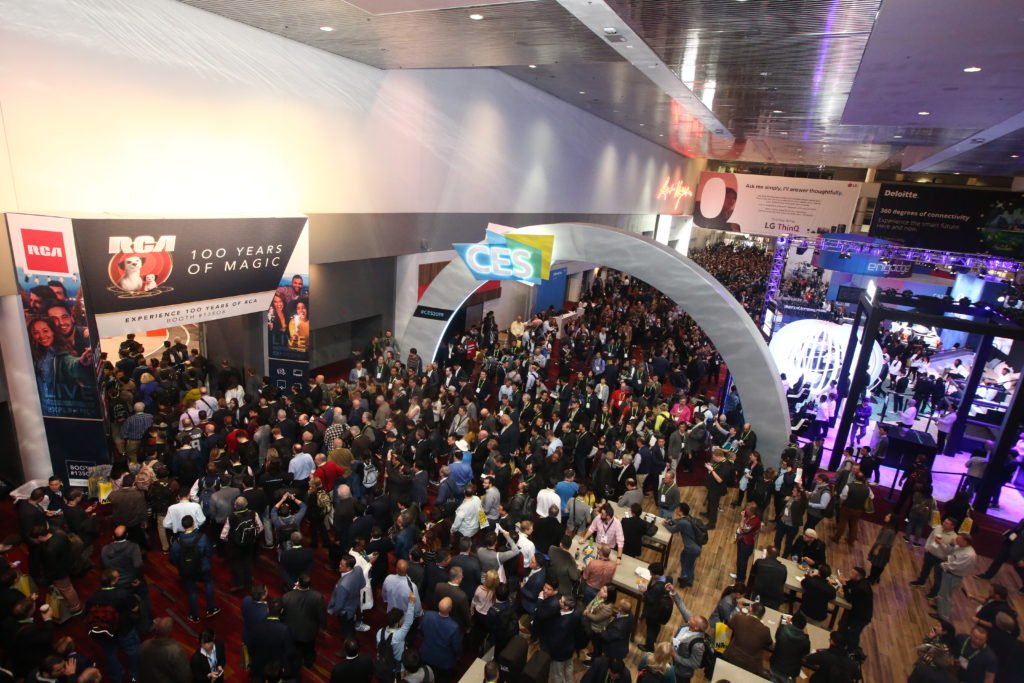
Part of that overriding philosophy is something that’s ingrained in their employee training from Day One. In yesterday’s post, we talked about “Fans First,” the North Star philosophy for companies like Google, Amazon, Ford, Intel, and so many others. And oftentimes, it’s the biggest displays – virtual “city states” built just for CES by Samsung, LG, Haier, and others – that have the best fan outreach, thanks to well-trained marketing reps who simply “get it.”
Paul and I get to carry around press passes, guaranteeing even better access wherever we go. From stop to stop, companies work hard to make sure we’re seeing what we need to see. They respect the fan experience, as well as the power of a great media story – or the damage that can occur from a less-than-positive review. Whether its representatives of TechCrunch, Wired, Engadget, or Jacobs Media, everyone is working overtime to put their best foot forward.
But that’s CES – a gathering of the biggest companies on the planet, where billions of dollars are spent annually on displays, exhibits, entertainment, travel, and staff. What about the little guys – the equivalent of small and medium market stations not owned by the biggest companies in radio and mass media?
“Fans First” works for them, too, perhaps even better than for juggernauts like Apple and Microsoft. You don’t need truckloads of cash to put your customers ahead of the pack – you just need to adjust your priorities about your consumers.
For years, most radio stations didn’t really need a fan focus. The scarcity of local media helped make radio (and TV and newspapers) immensely popular, successful, and profitable. Sure, customers mattered – both listeners and advertisers – but many companies held a pretty cavalier, arrogant attitude. “If you don’t like our programming, go somewhere else” and phrases just like it were muttered – or uttered – with great regularity.
Today, everyone has alternatives. Consumers don’t need to listen to your radio station to hear Jason Aldean, Led Zeppelin, or Chance the Rapper. If they want to hear political ranting, it’s pretty much everywhere. And news and information has become so ubiquitous, there aren’t enough hours in the day to take it all in.
In the new competitive cyclone, media brands are learning that a “Fans First” approach isn’t just smart business, it’s survival. A case in point: minor league baseball in small markets.
Just like the radio stations that serve these “villes,” the locals have all sorts of choices, thanks to the Internet and other mass media platforms, accessible on the devices we’re holding in our hands.
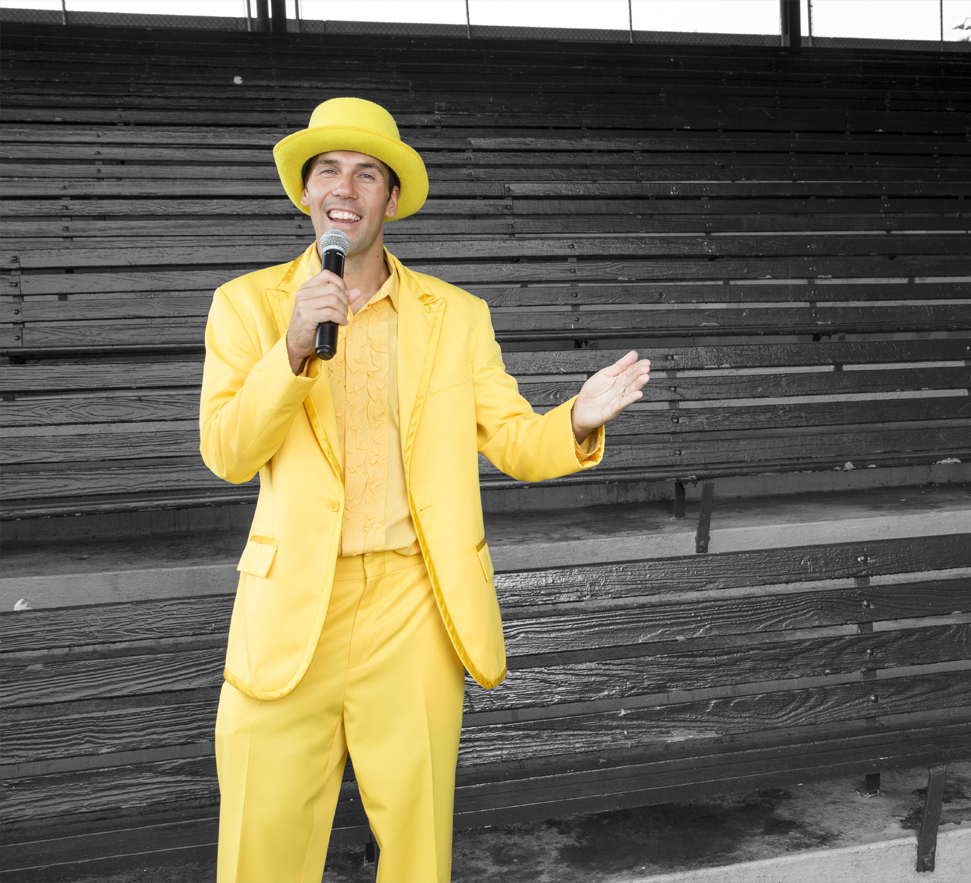
So, let me introduce you to the Savannah Bananas, a Class D team that formed in 2016, representing the Coastal Plain League. They’ve sold out every home game since 2017. Owned by Jesse and Emily Cole and their company, Fans First Entertainment, the Bananas aren’t in the baseball business. As the name implies, they’re in the entertainment industry – and the focus in clearly on their fans.
As we pointed out in yesterday’s post, Pepsi had to discover its “cultural truth” – that it was always a #2 brand. And they went from there.
That where the vision behind the Bananas started – answering this question:
“What do fans hate about attending a baseball game?”
And they started building out their strategy, and then their tactics from that point of friction. “We make baseball fun” became the new mantra of the team – and it’s been the “secret sauce” that has turned a very precarious business into a wildly successful phenomenon, attracting attention from media organizations around the world.
And perhaps the unintended result? The Bananas are winning titles and setting attendance records – and Jesse Cole is convinced it starts with putting “Fans First.” In a great story in Entrepreneur by Jennifer Miller, the details abound – and the narrative of of this team follows a similar course you see in that elite group of highly successful local radio stations.
Jesse Cole was a self-described “baseball purist,” so many of the antics the Bananas now embrace didn’t come easy for him. The pivot occurred when he looked at the challenge of making his minor league team financially. That’s when he stopped thinking like a baseball team owner and looked at the bigger picture view of what was in front of him. Now, he owns seven signature yellow tuxes, and has become a fixture at Bananas games. He’s the embodiment of the fun spirit that has enveloped his team.
And the Bananas spirit is contagious, thanks to attention-getting, fun promotions that are seemingly non-stop – from the dancing first base coach (who knows zero about baseball) to the Man-Nanas – a troupe of over the hill, out of shape guys who 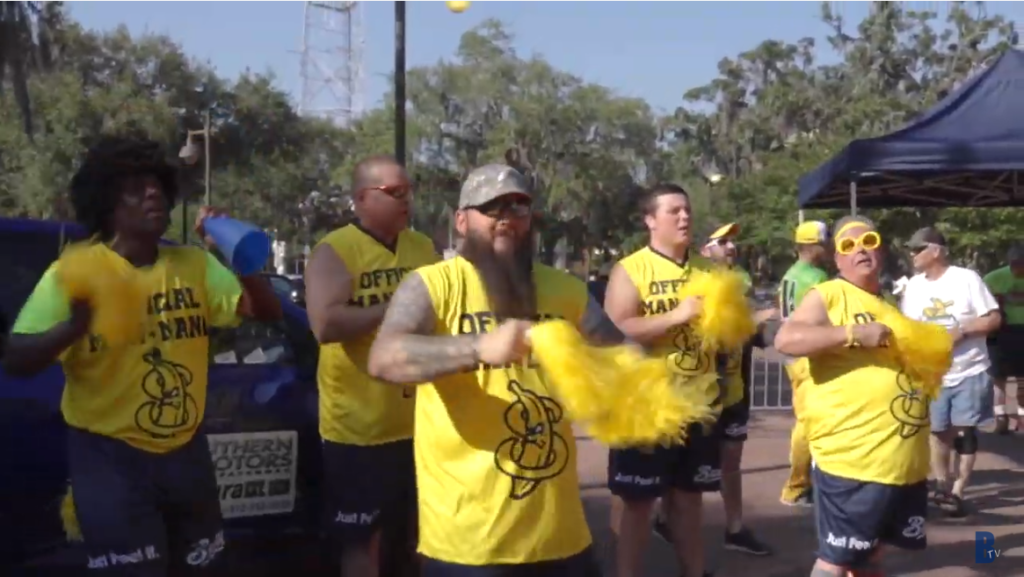 function as the team’s cheerleaders.
function as the team’s cheerleaders.
As Jennifer Miller notes, the change came when Cole realized he need to pay attention to “fixing any aspect of the fan experience that didn’t inspire joy.”
Now imagine that same philosophy being applied to local radio, whether a station is located in a major market like Philadelphia or a small town like Pine Bluff.
The fact that Cole and his baseball club are pulling this off in a small market that didn’t exactly embrace baseball makes the Bananas’ story even more compelling.
As we pointed out in yesterday’s post, it starts with identifying your brand’s “cultural truth” from your fans, and then eliminating the things they can’t stand. For Cole, this meant constantly thinking about the game from the fan’s point of view:
“Is their experience exciting or boring? Easy or complicated? Fun or frustrating? If at any point it’s the latter, then you’ve got a problem.”
You can boil down the success of the Savannah Bananas in 10 steps.
1. There’s a visionary at the top – Like every great radio station I’ve ever had the honor of being involved with, there’s been a leader – often the PD, but sometimes the manager or even the owner – who creates the magic and passes it down to everyone in the organization, from talent to traffic to the receptionist. Everyone knows the drill because it emanates from the vision of its creative captain.
2. The team has bought in – From the support crew to the players to the coaching staff, everyone “gets it.” They see how the vision works, they know their role, and they’re all in. Players greet the fans before every Bananas game. They appear in videos that show how contagious having fun at a baseball team can be. Yes, they are there to play the game, but they’ve come to realize the fan experience runs deeper than a well-placed bunt or a stolen base.
3. It’s about entertainment – Sometimes you hear an enlightened broadcaster say, “We’re not in the radio business.” That’s precisely how Cole sees 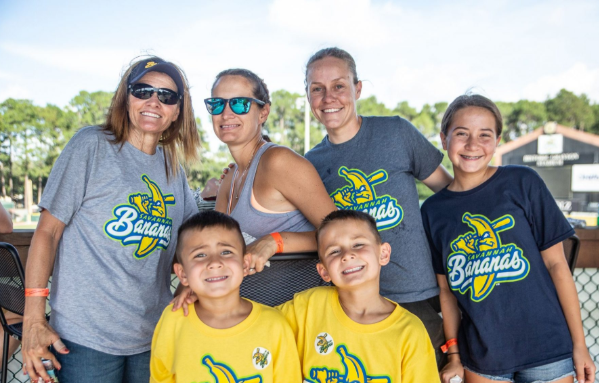 the Bananas. Yes, there’s a team on the field, in a league, that plays games against other teams. But the Bananas brand is more than just the tradition of baseball. They’re in the entertainment business, and they’re not the least bit ashamed to admit it. From there, it gets easy.
the Bananas. Yes, there’s a team on the field, in a league, that plays games against other teams. But the Bananas brand is more than just the tradition of baseball. They’re in the entertainment business, and they’re not the least bit ashamed to admit it. From there, it gets easy.
4. “Being normal gets normal results”– Just like in radio, you’ve seen one baseball game, you’ve pretty much seen them all – especially if you’re just a casual fan. So, Cole focused on stimulating attendees to say “I can’t believe what I saw tonight.” In radio, we can be so intent with playing by the rules that we create efficient, but dull radio stations that people barely notice. They’re just “there,” and in this competitive entertainment environment, that’s a recipe for mediocrity.
5. Fun promotions work – The more fun you have, the better the experience. And the more you involve the fans, the more hooked they become to the players, the team, and the game itself. Just about all minor league baseball has become something of a promotional circus. But for the Bananas, selling out their 4,000 seat stadium and having a waiting list for tickets starts with bigger-than-life promotions, and a sense you never know what’s coming next.
6. They believe in multimedia – There’s more to the fan experience than the game on the field or eating a hot dog at historic Grayson Stadium. A visit to the Bananas’ website is a full-blown media experience: videos, podcasts (“Unpeeled”), and of course, social media are all part of the Bananas experience – a way for fans to engage with the team and the brand.
7. They get everyone involved – FanFest is an annual event that connects the players with the team. 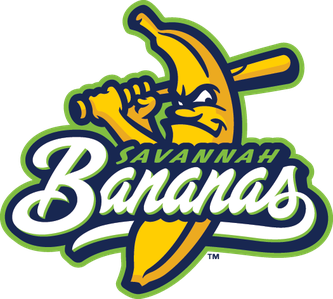 Aside from remotes and that occasional station festival, radio tends to not interact with station fans. For the Bananas, getting the fans engaged – especially in a small town setting – is critical. The team is just three years old, so the need to make a connection – and do it quickly – is of paramount importance. By the way, the name “Bananas” was a crowd-sourced idea that came out of a “name the team” contest. And the absurd logo soon followed.
Aside from remotes and that occasional station festival, radio tends to not interact with station fans. For the Bananas, getting the fans engaged – especially in a small town setting – is critical. The team is just three years old, so the need to make a connection – and do it quickly – is of paramount importance. By the way, the name “Bananas” was a crowd-sourced idea that came out of a “name the team” contest. And the absurd logo soon followed.
8. Enthusiasm breeds better performance – Here’s the crazy part. The team is winning divisions and actually has improved its stats in consecutive years. As manager Tyler Gillum points explain, “You can’t help but play up to another level when you have all that excitement going on.” A fun experience makes for a better product, and also keeps the team relaxed. Just imagine that spirit at a radio station.
9. They take a pure content approach – That is, instead of creating new vehicles and focusing on how to monetize them, the holistic approach is to just put out a fun product, and sales and marketing take care of themselves. The Bananas charge $15 a ticket (on the high side), but all seating is general admission and the food (not alcohol) is unlimited. Unlike a typical sporting event where there’s always a hand in your pocket trying to get you to pay for something else, the Bananas focus on the fun, the promotions, the joy, and the surprise.
10. Yes, they believe in merch – One of the most missed opportunities in radio is something that hasn’t escaped Cole and his team. There’s Banana Beer (sound familiar, Rock stations?) as well as a full array of logoware and other products that feed off the success and enthusiasm of the team. Wearing Banana gear makes a statement, in the way radio station merch used to. A look around Grayson Stadium – or Savannah in general – tells you the Bananas’ merch plan is working.
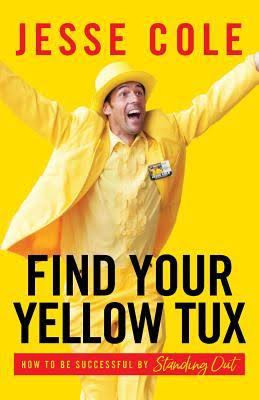 Cole is beginning to move beyond sports, and into brand marketing. His team works with local advertisers (yes, like an in-house agency) in a vertical called “Fans First University” to imbue the Bananas’ values into hometown businesses. Cole now has a speaking/motivational business – “Find Your Yellow Tux” – teaching businesses how to stand out. And yes, he’s written a book.
Cole is beginning to move beyond sports, and into brand marketing. His team works with local advertisers (yes, like an in-house agency) in a vertical called “Fans First University” to imbue the Bananas’ values into hometown businesses. Cole now has a speaking/motivational business – “Find Your Yellow Tux” – teaching businesses how to stand out. And yes, he’s written a book.
Then there’s Fans First University, training classes for marketers and content creators using the slogan:
“Stop Marketing – Map the Experience – Create Fans for Life”
It’s about “Fans First” – not “Monetization First” like it is so often in radio.
They’re offering a free webinar two weeks from today, and I’ve signed up.
And you can bet I’ll be wearing yellow.
We have three slots open for our CES Tours next month. Join us for a guided experience at the biggest consumer electronics show on earth. Info here.
- What To Do If Your Radio Station Goes Through A Midlife Crisis - April 25, 2025
- A 2020 Lesson?It Could All Be Gone In A Flash - April 24, 2025
- How AI Can Give Radio Personalities More…PERSONALITY - April 23, 2025




Brilliant. So many times what we’re missing is right in front of us. The “apPEAL” of their model is so slick. Todd Storz discovered “Top 40” in a small town. Reinventing radio and (insert name of business) could be starting here- and in Savannah.
No doubt about it, Dave. These are lessons for major market radio stations from a minor league baseball club.
From 1994 to 1995, there was an upstart basketball team – The Harrisburg Hammerheads – that rolled out in Pennsylvania’s capitol city. They went the merch route in style: a boutique store at the local shopping mall, t-shirts and sweats at the games, you name it. I picked up one of their sweatshirts while I toiled at WNNK-FM; it is still wearable and in amazing condition.
In spite of their efforts, the team fizzled out and folded after 33 games. A look at the team history (https://funwhileitlasted.net/2013/03/19/1994-95-harrisburg-hammerheads/) shows they were jinxed at almost every step.
I love success stories like the Bananas. And your article proves it takes more than just a funny name and a guy in a yellow suit to pull it off. I only wish the Hammerheads had that advice at their fingertips back in the day.
As you note, zany promotions and a cute mascot is table stakes. The Bananas story is impressive, and something that every radio station can learn from. Thanks for the comment.
My brother in law and family live in Savannah. We generally visit once or twice a year. Last visit in the summer was 2018 and the vibe, visibility and exposure for the Bananas was contagious. We tried to go to a game, but they were all sold out!
It’s a great lesson on being fan based.
We’re planning on getting Banana’s tix, in advance, for our next summer visit.
Dave, what does that tell you? A sports anchor gave me a shot on Twitter yesterday, arguing the Bananas are no different than most minor league clubs. Your comment indicates otherwise. Thanks for the note.
Fan day last year (free) was off the charts, and the one game I could get tix to was just as much fun. And that the baseball is actually pretty good doesn’t hurt. But the videos they do, when do they have time to do that _and_ get ready for a game? It’s great to see Grayson sold out every nite.
Jonathan, if the Detroit Tigers don’t get better soon, I’m pulling up stakes and moving to Savannah. Thanks for the comment.